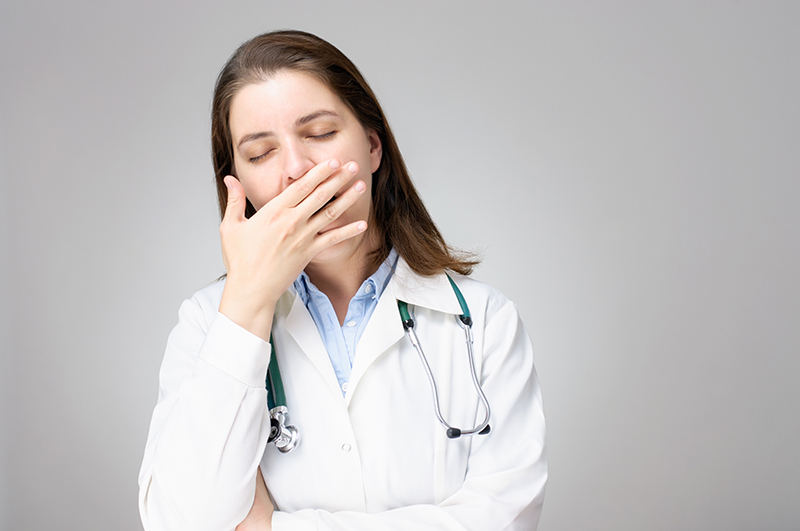How to Avoid Drowsy Driving
National Drowsy Driving Prevention Week – November 6 – 13
Drivers are having a harder time keeping their eyes open while on the road with tragic consequences. According to the AAA Foundation for Traffic Safety the amount of drowsy drivers involved in fatal crashes has been on the rise. In an effort to increase public awareness and understanding of drowsy driving and the effects it can have, the National Sleep Foundation has declared November 6 through 13 National Drowsy Driving Prevention Week. This annual campaign is aimed at reducing the number of fatigue-related crashes and save lives. Here are some facts and tips to help keep everyone safer on the roads.
Adults need 7 to 9 hours of sleep each night. With extremely busy lives and distractions, many people don’t get that much sleep. It’s estimated that 70 million Americans are sleep deprived or suffer from a sleep disorder. Driving while drowsy is a major contributor to auto crashes.
Drowsy Driving Facts
- Men have twice as many drowsy driving crashes than women.
- The tendency to fall asleep is highest while driving on long, high speed, or rural highways.
- The AAA Foundation for Traffic Safety reports that 1 in 3 drivers admits to drowsy driving and that drowsiness was involved in 1 of 5 fatal crashes.
- More than half of drowsy driving crashes involve drivers drifting out of their lanes or off the road.
- 1 in 4 people say they know someone personally who has fallen asleep while driving.
- The National Highway Traffic Safety Administration estimates there are over 100,000 crashes each year primarily caused by drowsy driving, resulting in more than 1,550 deaths.
Signs of Sleepiness
People do not always know when they are getting sleepy so it’s important to know some of the warning signs:
- Wandering thoughts or daydreaming
- Having trouble focusing, keeping your head up or eyes open
- Rubbing your eyes repeatedly or yawning
- Rolling down the window or turning up the radio
- Tailgating, missing exit signs or drifting from your lane
- Feeling aggressive, restless, or irritable
Who is Most at Risk?
Anyone who drives has the risk of falling asleep, but for some people the risk is greater:
- Young drivers from 16 – 25 – due to the combined risk of less experience behind the wheel and higher likelihood of driving at night.
- Shift workers and those who work long hours – There is a 6-fold increased risk of drowsy driving crashes for people who work rotating shifts or night shifts, double shifts or work at more than one job.
- Commercial drivers – People who drive a lot of miles at night are at significantly higher risk of drowsy driving crashes.
- People with untreated sleep disorders such as obstructive sleep apnea are up to seven times more likely to have a drowsy driving crash. People with insomnia may also experience additional fatigue.
- Business travelers – People that travel frequently may suffer from crossing time zones, jet lag, and spending long hours behind the wheel driving.
Tips to Prevent Drowsy Driving
- Make sure you are well rested before you drive.
- Don’t drive if you’ve been up for 24 hours or more.
- Drink something with caffeine in it if you are feeling sleepy.
- When on a road trip plan for regular breaks about every 2 hours.
- Plan your traveling for times you are normally awake.
- Driving with a friend can help so you can take turns driving and watch for signs of fatigue.
- If you’ve done all of these and still feel sleepy find a safe place to take a nap or somewhere to stay overnight.
We want everyone to stay safe on the roads. If you have questions or have found yourself sleepy behind the wheel we’re here to help. Contact Dr. Nassar at the Jacksonville Sleep Center today or call (904) 854-6899.






